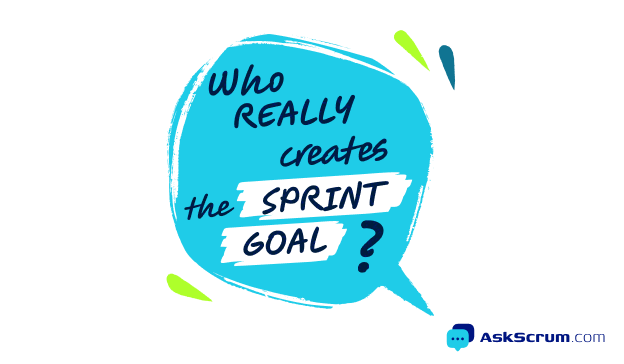In Scrum, the Sprint Goal is collaboratively created by the entire Scrum Team. This ensures alignment and shared understanding of the objective for the upcoming Sprint.
The Sprint Goal is a collaborative effort in Scrum, primarily driven by the Product Owner who proposes the objective based on product backlog priorities and business needs. The Developers then provide input and feasibility insights, ensuring realistic and achievable goals are set for the Sprint. This is how it unfolds:
1. Product Owner’s accountability: The Product Owner enters Sprint Planning with a prioritised Product Backlog, a list of features, bug fixes, and other tasks they would like the team to work on. The Product Owner outlines what they believe could be a potential valuable business objective to be achieved in the Sprint based on the Product Backlog Items, the information from stakeholders and the Product Goal.
2. Collaborative Creation: Creating the Sprint Goal is a collaborative activity. While the Product Owner provides the initial context and need, the entire Scrum Team (Product Owner, Developers, and Scrum Master) collaborates to craft the Sprint Goal. They discuss the purpose of the work, the stakeholders’ needs, and the potential impact. This collaboration ensures a shared understanding and commitment to the goal.
3. Customer-Centric Sprint Goal: The Sprint Goal is about delivering value to the customer, offering consistent direction and focus for the Developers during the Sprint.
During the Sprint Planning, The Scrum Team should exercise focus and courage, which would help them in developing a Sprint Goal that is not only realistic and achievable but also fundamental in delivering significant value to the customer in that specific Sprint. This customer-centric approach ensures that every Sprint contributes meaningfully to the Product Goal and vision, promoting a sense of purpose and unity within the team.


